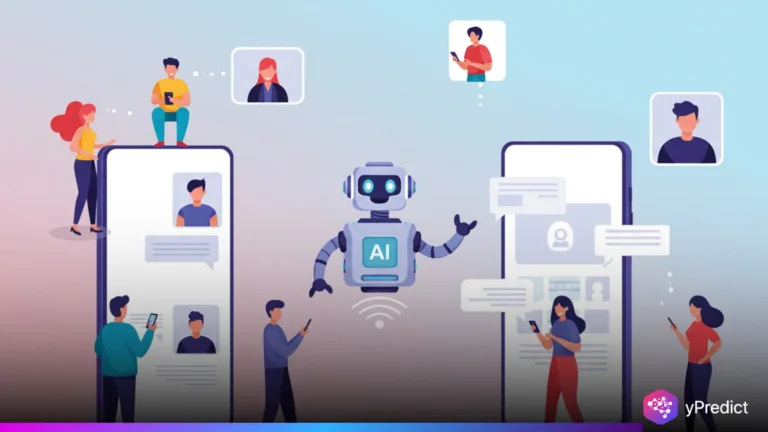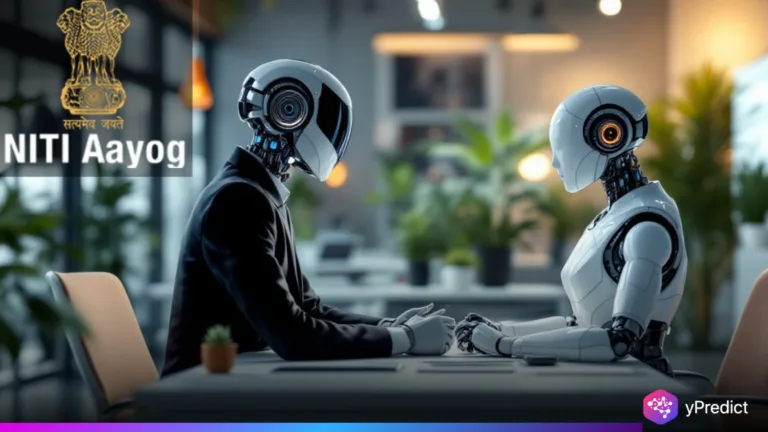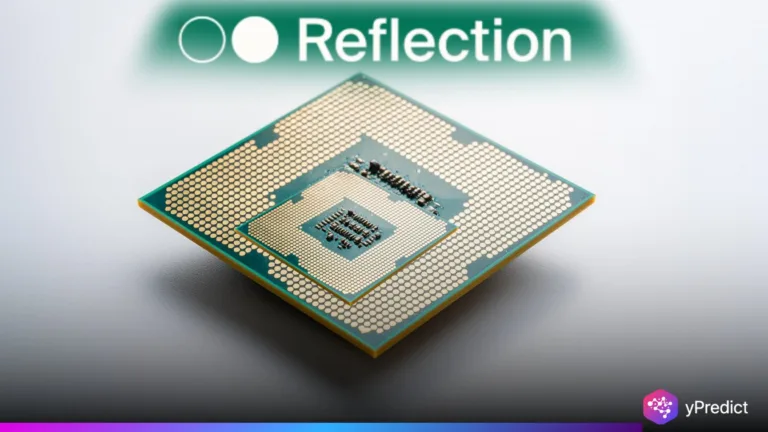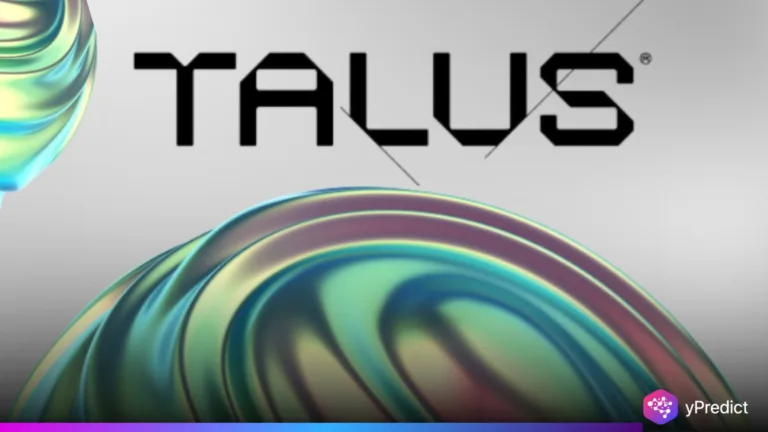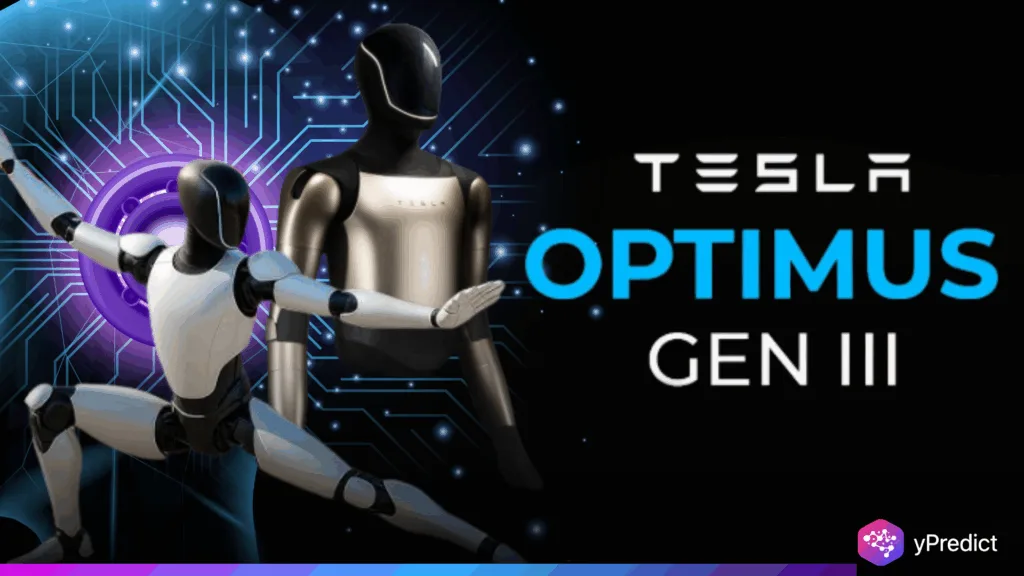
Elon Musk posted a new video on Twitter on October 4, 2025. It showcased Tesla’s Optimus Gen 3 robots training Kung Fu with human trainers. The 35-second teaser centered on precision strikes — punches, kicks, and blocks. But unlike earlier prototypes, these robots now roam autonomously. They can imitate an instructor’s movements and flow through sequences. It’s a sign of progress in AI and motion learning. Neural networks trained on large video datasets power these capabilities. For Tesla, this marks another step toward useful humanoid robots. The demo sparked buzz and chuckles and got people thinking about the future of such machines.
Martial Arts Demo and Technical Advances
The video captured our development work on Optimus. Once relying on teleoperation, the robot now roams on its own. It’s training used a motion-capture studio. These lab conditions allowed Tesla to collect pure data. That data fed into optimizing the robot’s neural networks.
It reflects in each strike and block. Movements seem natural, not mechanical. They commented on the accuracy of the kicks and timing of the punches. It’s a leap from the clunky moves of earlier demos.
Underneath the spectacle is clever machinery. Sensors give the AI real-time input. Algorithms identify your movement and predict your next move. Then the robot translates that into motor action. This pipeline promises precision in keeping the body in equilibrium.
Some context matters here. Back in July, we heard of a robot learning martial arts without step-by-step instructions. This video confirms the progress. And the robot can now do sequence replication from learned data, not on-the-fly correction.
For Tesla, here is proof that the design is progressing toward usable autonomy. Whether that’s skills for factories or homes, Musk tees them up as building blocks. Fight moves and demo, but the principles generalize to any complicated activity.
Competition and Global Robotics Race
Tesla isn’t the only one in this space. Chinese companies unveiled sub-$6,000 humanoid robots in 2025. Others simply broke out their basic Kung Fu steps. That cost edge squeezes Tesla, which is focused more on precision and autonomy.
Optimus impresses with software depth. Not hardcoded routines, it adapts on the fly. But price remains a challenge. If cheap-ish models flood the market, Tesla has to justify its premium with performance.
The timing is notable. Tesla targets limited internal utilization of the robot by late 2025. Rollout to other companies might start in 2026. This renders the robot at once a tool and a trial.
Community reactions mirror these dynamics. Others riffed on sci-fi stuff; they made the demo sound like Terminator. Border others cheered the step forward, celebrating it as a glimpse of robots going about their daily business. The mixed tone reflects ambivalence. They admire the tech, but they’re afraid.
It’s a race, of course – everyone in the world wants humanoids in houses and factories. China pushes affordability. Tesla pushes autonomy. And with every step, with every Kung Fu regimen, it’s not merely technical progress, it’s promotional. The next magic is scaling beyond a studio demo to real-world deployment.
Conclusion
That Kung Fu demo is a big moment for Optimus and Tesla. It had smoother movement, accurate punches, and less human puppeteering. Neural nets and mocap powered the optimization. But the bigger picture is competition. Low-cost overseas anthropomorphic bots take fast steps, forcing Tesla to prove its lead. The answers emphasize hope and unease, a familiar contrast in robot reporting. Musk’s timeline suggests real-world usage in a year. Whether Optimus will succeed will be in real-world tasks beyond staged demos. For the moment, however, the video encapsulates both promise and the open mysteries of humanoid robotics.


